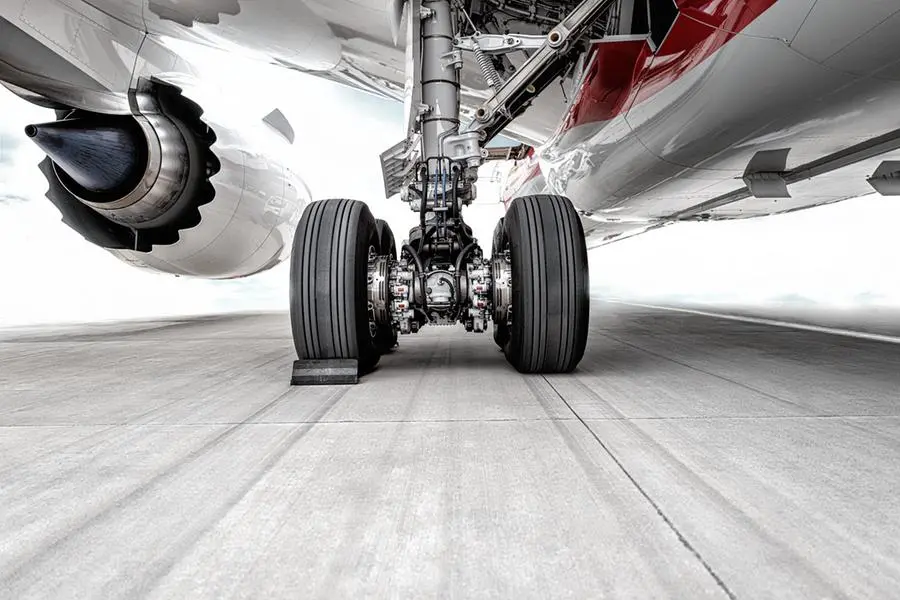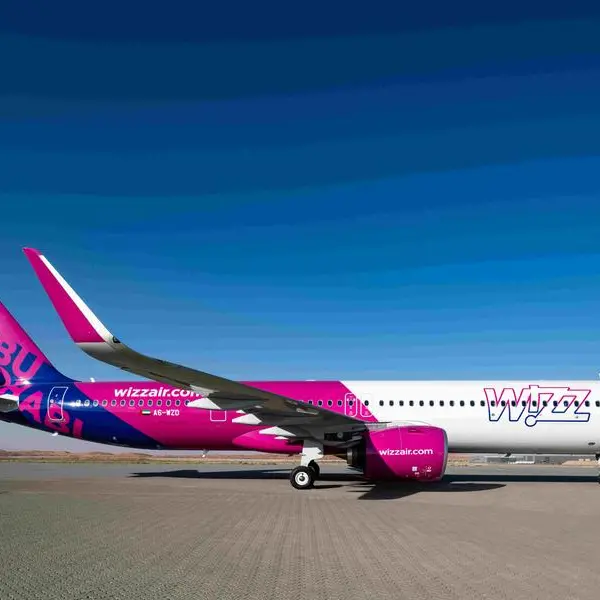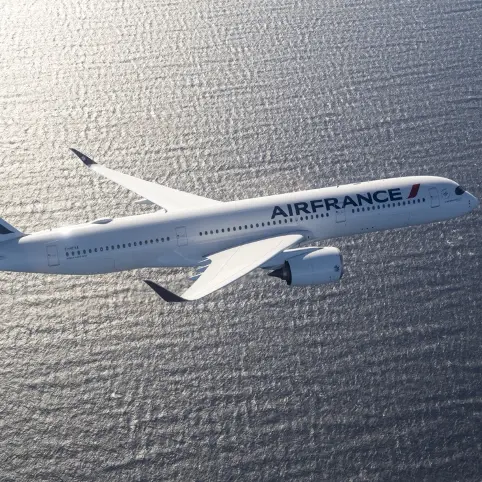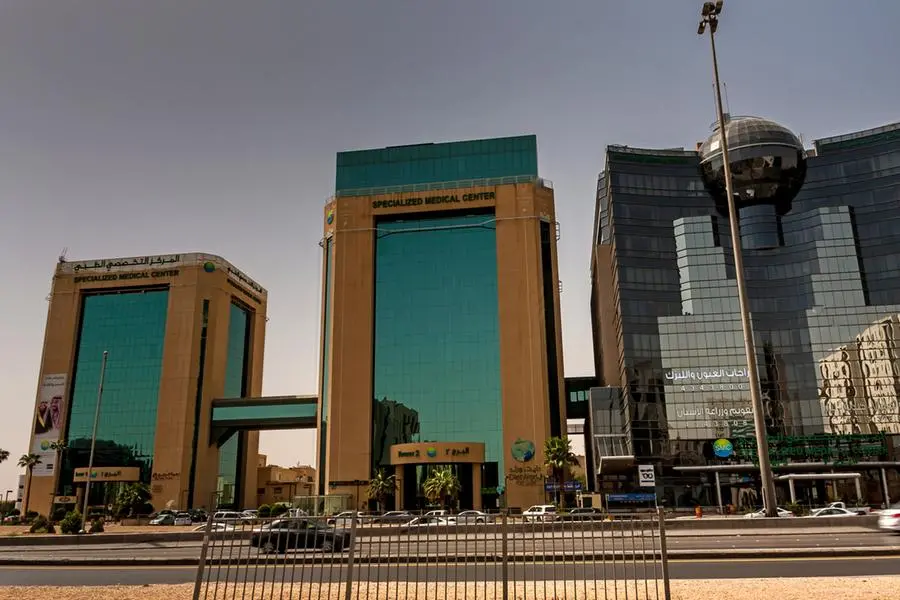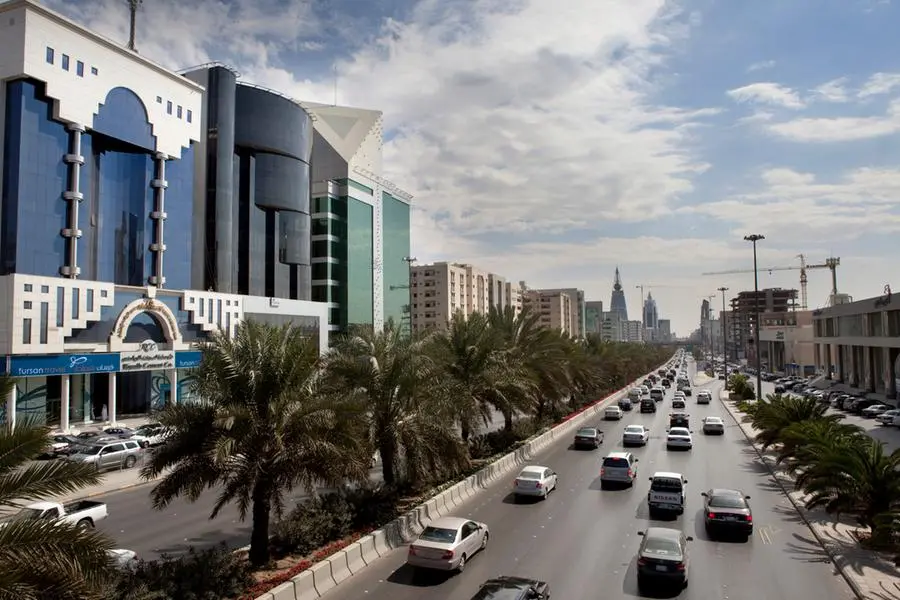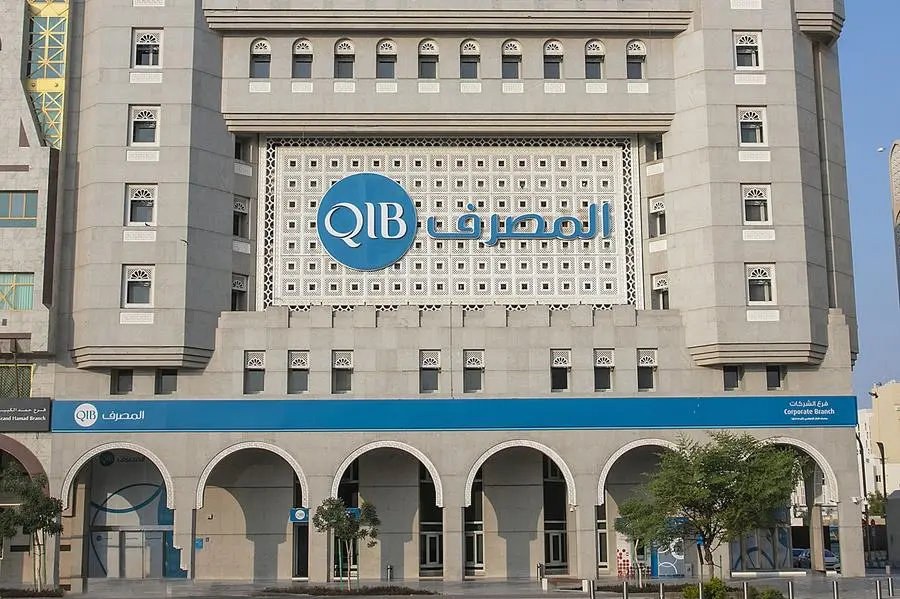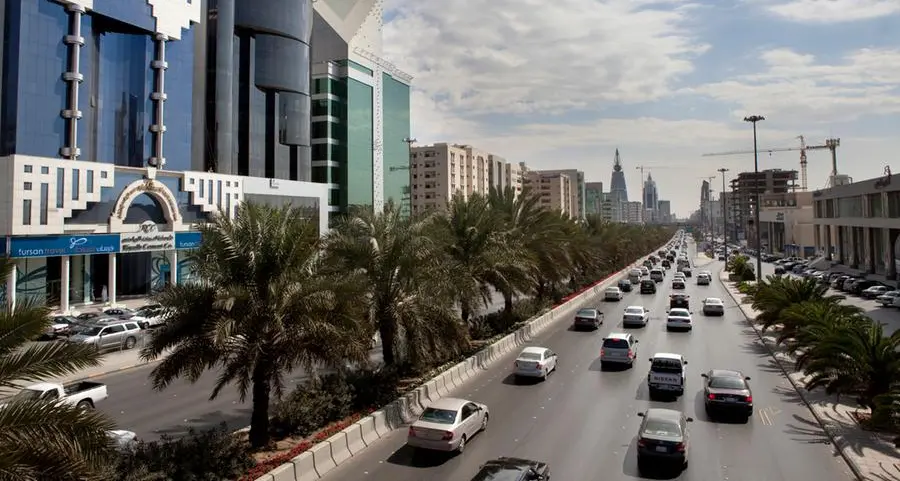PHOTO
Image used for illustrative purpose. Getty Images
The UAE’s airports are expected to receive 135 million passengers in 2024, according to a top civil aviation official, a five-million increase over 2023 numbers.
Speaking with Arabic news daily Emarat Al Youm, Saif Al Suwaidi, Director-General of the UAE’s General Civil Aviation Authority (GCAA), stated current indicators projected a growth of up to 4% in passenger numbers across the country’s airports in 2024, because of new routes and a surge in air traffic.
According to Al Suwaidi, countries such as Canada, South Korea, the Philippines, Bangladesh, and Sri Lanka are projected to drive passenger growth in the UAE, aligning with new air transport agreements coming into effect, along with an improvement in existing ones.
The GCAA head told Emarat Al Youm that this will lead to an increase in air transport rights enjoyed by UAE carriers, resulting in an increase in flights, seat capacity, and destinations. Al Suwaidi further added that this growth would ultimately lead to an increase in revenues of for all entities across the aviation sector.
Last month, Dubai Airports, revised its full-year 2023 forecast to 86.8 million passengers from 85 million projected earlier, surpassed its pre-pandemic level of 86.4 million in 2019.
In August, Majed Al Joker, Chief Operating Officer of Dubai Airports, told local media that number was forecasted to jump to 88 million passengers in 2024.
Across the highway, Abu Dhabi International Airport, which opened its new terminal building to the public on November 1, anticipates over 22 million travelling through its hub in 2023.
The airport is also on a growth trajectory with its Q3 numbers showing a 29.3% surge in traffic over the previous year’s third quarter, with 5,951,025 people travelling through the terminal.
During a media roundtable last month, Abu Dhabi Airport Managing Director and interim CEO Elena Sorlini announced that 2024 will be a year of “exponential growth” for the airport, with the current master plan now also including the future construction of a new satellite building to allow for an increase in capacity for the target of 45 million passengers by 2030.
(Writing by Bindu Rai, editing by Seban Scaria)
